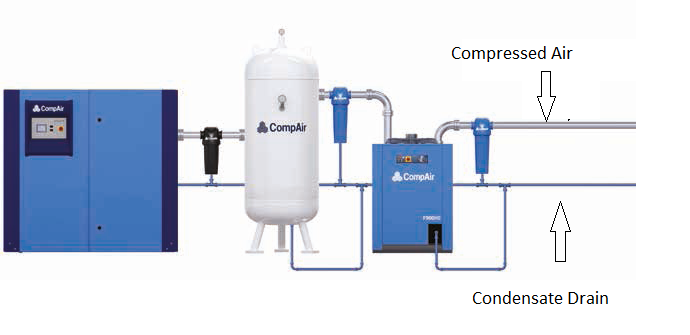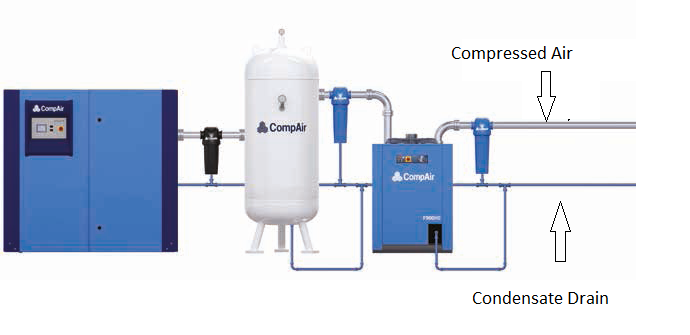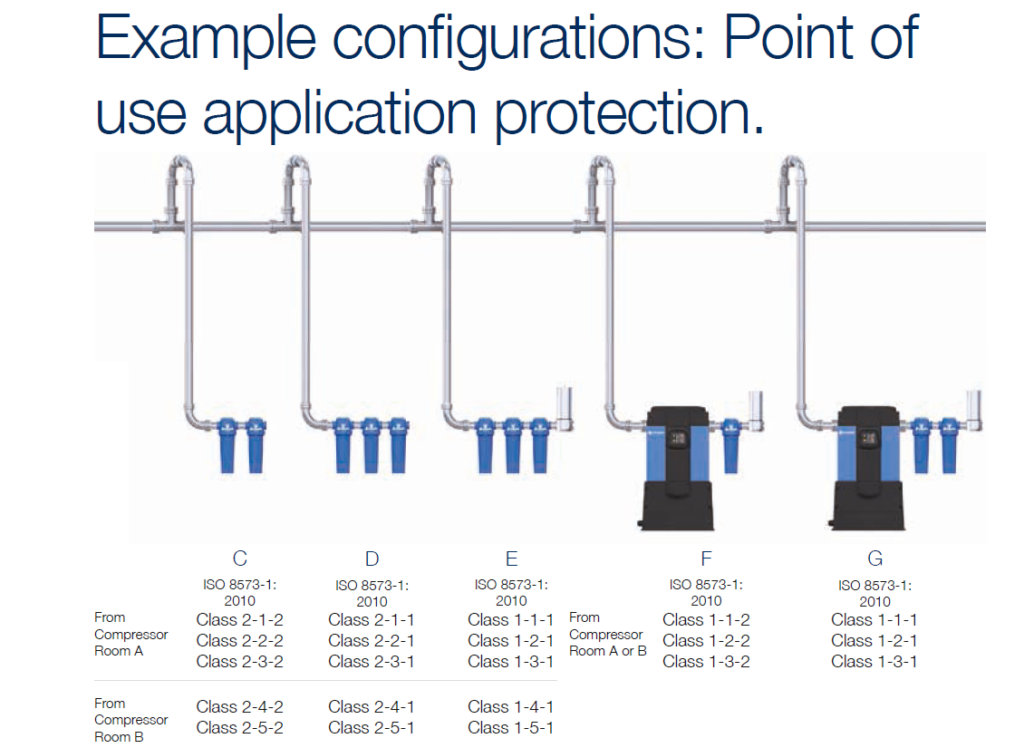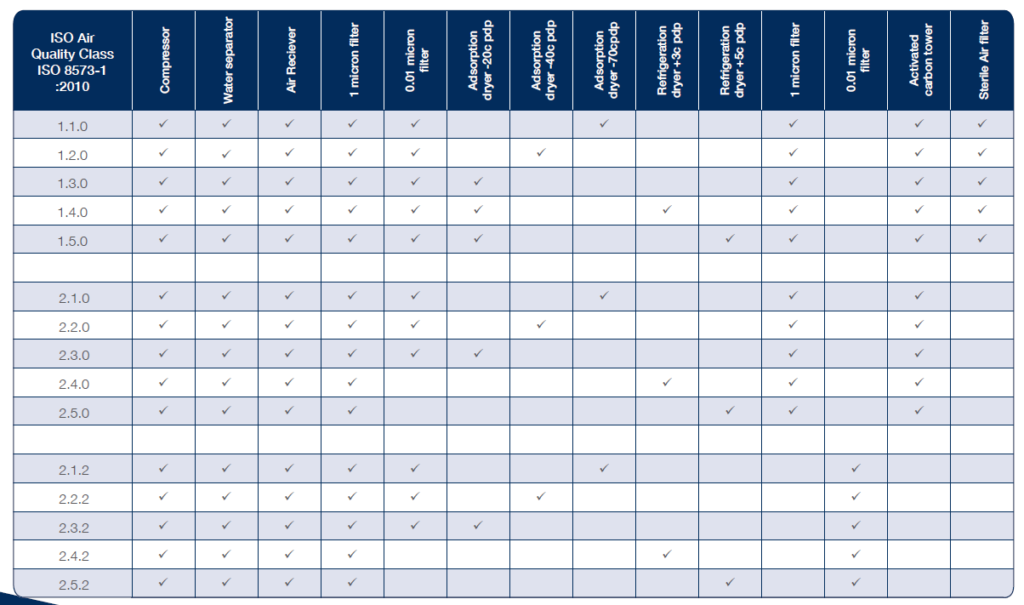Often referred to as the 4th utility after electricity, water, and gas, compressed air is the only major industrial power source generated on site by users bearing full financial and legal liability for its quality.
While the compressor is the largest energy-consuming component of your system, it is the usage, the overall design, and how well the system is maintained that determines the demand placed on the compressor and, therefore, its overall energy consumption.
Pressure losses can arise from poor system design, incorrectly dimensioned distribution piping and of course the purification equipment.
A thorough understanding of compressed air quality and testing standards is therefore indispensable when designing your system to achieve the purity levels your application requires. The International Organisation for Standardizations (ISO) sets three such standards, ISO 8573, ISO 12500, and ISO 7183. Which standards you should apply will depend on the specific contaminants you aim to remove and the purification equipment you will rely on to do so.
To achieve the stringent air quality levels required for today’s modern production facilities, a careful approach to system design, commissioning and operation must be employed. Treatment at one point alone is not enough and it is highly recommended that the compressed air be treated prior to entry into the distribution system to a quality level suitable for protecting air receivers and distribution piping. Point of use purification should also be employed, with specific attention being focused on the application and the level of air quality required. This approach to system design ensures that air is not “over treated” and provides the most cost effective solution for high quality compressed air.
The following are examples of cost-effective compressed air system configurations:




